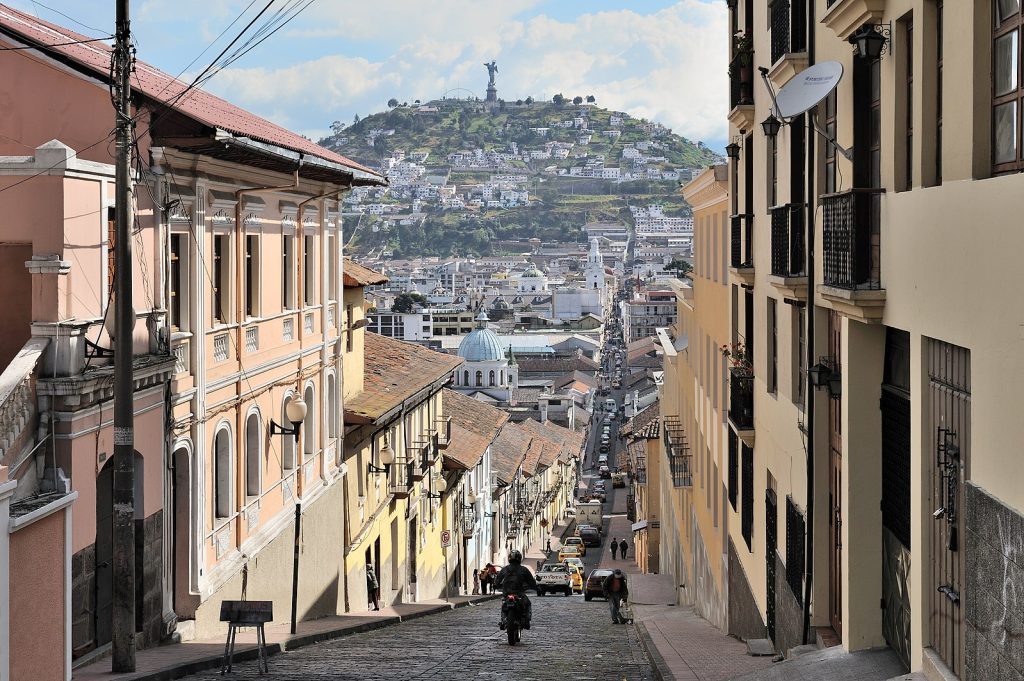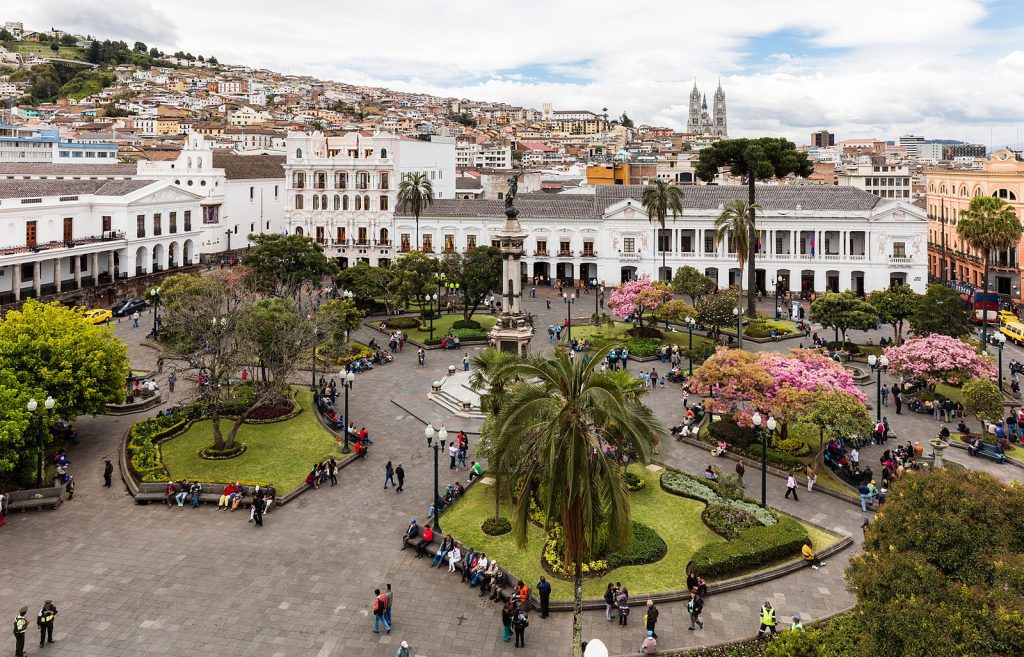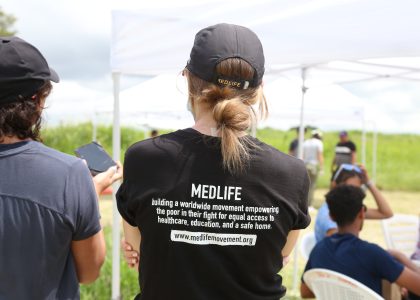Revitalizing historic Quito through adaptive reuse is more than a preservation effort; it’s a visionary leap. This transformative approach keeps architectural legacies safe and intact while infusing them with new purpose, ensuring these structures aren’t just conserved but also continue to enrich community life. In Quito, Ecuador, this practice takes center stage in the city’s historic heart, a place of monumental significance and a shining example of cultural endurance in Latin America. The area, celebrated by UNESCO, is proof of how reviving historical spaces contributes to contemporary urban landscapes, illustrating that the rich past remains relevant in shaping future communites.

Revitalizing Historic Quito through Adaptive Reuse
What is “adaptive reuse”? Imagine an old, unused building. It could be left alone, maybe falling apart over time. But with adaptive reuse, we give these buildings a new purpose. It’s like recycling but for buildings. We fix them up and use them for something different than what they were originally built for.
Now, why are we talking about revitalizing historic Quito through adaptive reuse? Well, it’s a smart move for many reasons. First, it’s good for our planet. Instead of knocking down buildings and creating a lot of waste, we use what’s already there. It’s like a conservation project but for architecture, reducing waste, and saving energy that we would use for building something new.
Secondly, it keeps history alive. In Quito, there are many buildings with stories from the past. We ensure these stories aren’t forgotten by using them in new ways. It’s respecting what came before us while making way for new memories.
Lastly, it brings people together. When a building gets reused, it often becomes a place for community activities. It could turn into a local library, community center, or cafe, making neighborhoods nicer places to live. So, by revitalizing Historic Quito through adaptive reuse, we’re not just saving old buildings but building a better future!
Preserving Cultural Treasures
Revitalizing historic Quito through adaptive reuse is a dynamic project that addresses the heart of Ecuador’s identity. The historic center of Quito is filled with cultural wealth, with its breathtaking array of churches, convents, and monasteries, each telling stories from centuries past. The detailed carvings, grand entrances, and interior art speak volumes about a time when these structures were the cornerstone of community life.
This significant undertaking wasn’t just about preservation but bringing new life to these ancient structures. The initiative saw the creation of a ‘mixed capital’ company, a novel approach that opened doors for private investors to contribute to the cause. This move wasn’t just strategic; it was necessary. With substantial funds required to maintain the integrity of these architectural marvels, collaboration became the key to Quito’s new beginning.
This journey has been about respecting the past and embracing the future. Each adaptive reuse project within the city’s historic center was meticulously planned to ensure that there was no loss to the original beauty of the location. There was also a lot of care put in place to make sure that the buildings were functional for contemporary use. The result? It is a bustling, vibrant community that appreciates its roots and welcomes tourists and scholars who are eager to explore its rich heritage.
But it’s more than just a facelift. This revitalization has spurred positive socio-economic change. New businesses have sprouted, offering services that cater to increased foot traffic. Locals have seen the value of their properties rise, creating a stronger sense of pride and ownership. Moreover, the project has created jobs, directly in restoration and indirectly in the tourism sector.
Quito’s story is one of resilience and vision. By recognizing its historic center’s cultural significance and potential, the city has set a standard in conserving what matters while writing new chapters for generations to come. This balance between the old and the new is what makes Quito not just a place on a map but a narrative of continual growth and reverence for its history.
The Challenges of Revitalizing Historic Quito Through Adaptive Reuse
Undertaking a mission to revive historic structures like those in Quito is no easy task. Several hurdles often stand in the way, starting with economic issues. Funding these massive restoration projects is a huge challenge, especially since they require skilled labor, special materials, and, sometimes, complex engineering solutions.
Structurally, many of these buildings are centuries old, and time has taken its toll. Fixing or reinforcing deteriorating foundations, walls, and other elements without harming their historical essence demands careful and knowledgeable planning and execution. There’s a constant balance between upgrading these sites to modern safety standards and preserving their original, irreplaceable features.
In developing countries, these difficulties are magnified by rapid urbanization. Cities are expanding, and the pressure to accommodate this growth often clashes with preservation efforts. Also, bureaucratic obstacles, such as lengthy permit processes and heritage property regulations, can slow down progress, making these noble projects even more challenging.

Other Success Stories in South America
Revitalizing historic Quito through adaptive reuse isn’t the only success story in South America. Several other cities are also breathing new life into their historic landmarks, ensuring their past enriches their future.
Take, for example, San Ignacio Miní in Argentina. Here, the majestic ruins of a Jesuit mission have gained attention, not just as a tourist spot but as a cultural classroom, teaching visitors and locals alike about the area’s unique history. This sort of project, recognized by organizations like ICOMOS, highlights the shared cultural identity across various Latin American regions.
These initiatives do more than preserve old buildings. They boost local economies by attracting tourists, who bring in revenue and create jobs. Educational programs tied to these sites allow students and researchers to explore their nation’s history, creating a sense of pride and identity. By engaging with the past, these projects shape a richer, more informed future for everyone involved.

The Way Forward with Adaptive Reuse in Historical Preservation
Revitalizing historic Quito showcases how we can honor the past while creating a path ahead for the future. These projects are crucial as they safeguard cultural treasures, spark community growth, and teach us valuable lessons about resilience and innovation. But Quito is just one example. Across the globe, there’s a movement to revive history, giving old structures new roles in our current world.
These initiatives need our support. They require collaboration, investment, and interest from people like you who understand their value. Whether it’s through community involvement, educational pursuits, or travel, we can all contribute to this worthwhile effort. By learning about and participating in these transformations, we’re not just observers of history—we’re part of it.
Interested in being more than a bystander in history’s renewal? Engaged Education (a division of MEDLIFE) is at the forefront, championing these causes. Join us to make a real difference, preserving the stories our world is built on. Let’s be the guardians of our global heritage today and for generations to come.






